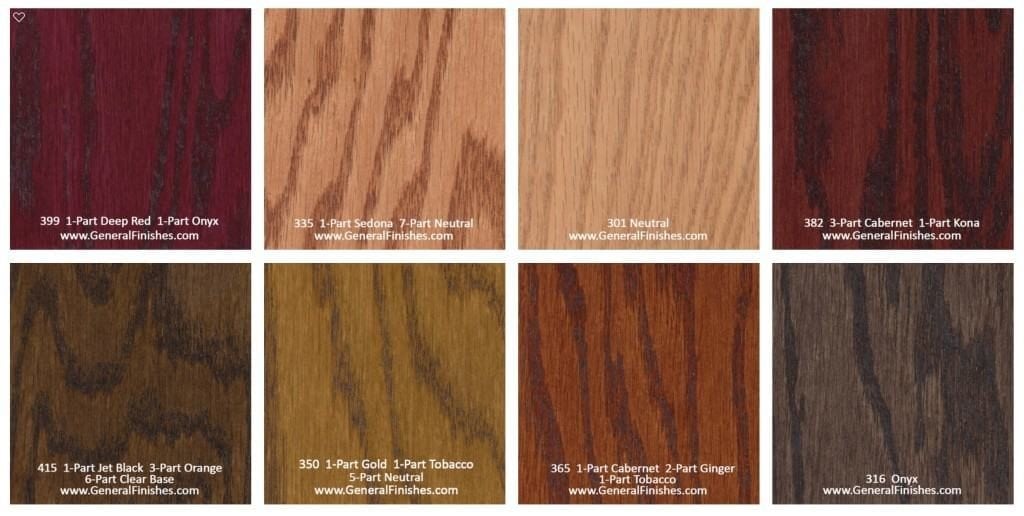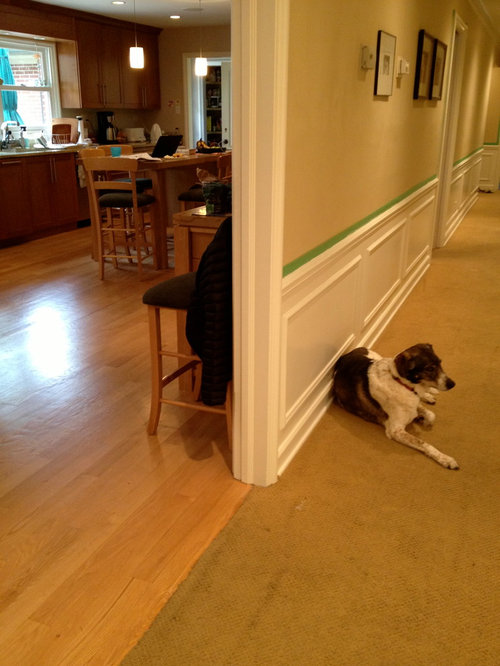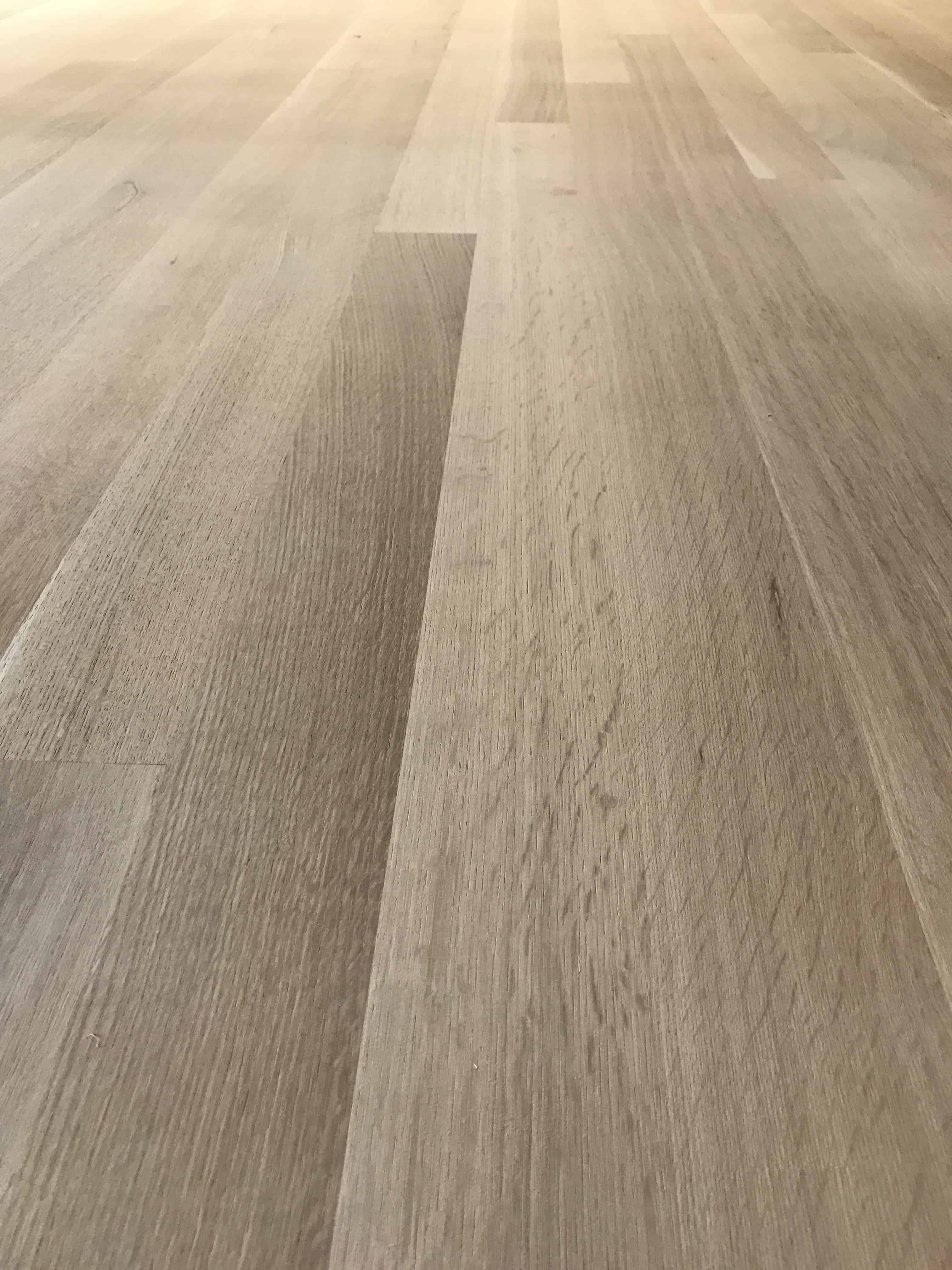Can I Use Different Color Hardwood Floors Upstairs and Downstairs?
Table of Content
Looking at different color wood floors in home improvement showrooms or sample books can be deceptive. When the materials are laid next to each other, in large quantities with all the light qualities and features of your structure, the effect needs to be visually appealing. If you're mixing flooring throughout your home, you'll want to be sure that the undertones match. If you find wood, tile, or carpet with similar undertones, everything should blend together nicely, not feeling abrupt or out of place.
And that’s good—because when it comes to hardwood floors, there are a lot of things to consider. Pale walnut-colored wood flooring in a wide plank gives a modern feel to a room while adding a touch more warmth than lighter wood finishes. Here, a woven rattan pendant light from IKEA adds a second note of warmth to a simple palette of whites, grays, and black for a room that's fresh and easy to live with. But the medium-toned color could also serve as a foil for deeper tones of green, blue, or mustard yellow. Soft polished sandy beige tinted hardwood floors are a perfect choice for this modernist remodel of a Victorian-style home in London.
Wood Floor Stain Colors: Ideas & Photos
Here are a few reasons why choosing different wood species for each level of your home is a great idea.

For instance, if you want to make your second floor stand out from your main level, you could choose to have stairs made out of a different type of wood than the rest of the flooring. It gives an interesting contrast and is another way to customize your home. If this bothers you, try using rugs at key points such as entryways or hallways where people might walk from one level of your home into another. You could also throw pillows or blankets over furniture pieces so that there aren’t any harsh lines between materials like wood versus carpeting or tile versus linoleum flooring. Another reason could be because you want the upstairs hallway and bedrooms to be a different color than the downstairs living area.
Can I put different wood floors in the bedrooms?
So the answer to your question may already exist...because the floor you put down in the guest room MAY NOT EXIST anymore! Appytrails good luck with your project....btw do you have the name of the bamboo flooring factory you mentioned. I am looking to using bamboo in the MBR and the hall and landing that I just gutted and reframed. I think part of me knows that I should go with the same flooring, but I really, really, love the look of the cherry.

If the hallway is separated by a door, then you can choose to install the hardwood in a different direction on either side or even add a new color of hardwood. It is possible to put two different wood floors next to each other, but there a few things to keep in mind. An expansion gap is essential with any floating floor installation. Light-colored flooring, such as shades of white, cream, beige, grey, and tan, make rooms appear larger.
How to Combine Living Room and Dining Room Flooring
Sometimes incorporating new colors into your decor can give you a fresh new outlook. If you choose to use different wood throughout your home, the natural dividing line is to separate out individual rooms. You can use doorways to separate using wooden borders or even T-moldings to cross over the thresholds. Or spice things up and incorporate tile into place – something that complements your decor and adds to the aesthetics.

On the other hand, if the house is made up of several different styles and designs, you may want to consider having different types of flooring. For example, if you have a rustic kitchen with wood flooring, you may want to have carpet in the living room for a softer feel. In contrast, darker flooring may be too heavy and oppressive in a room without enough natural light, or if you’re looking for a more airy feel. If you’re not sure, there are many medium-toned woods to choose from, which most often provide a beautiful balance that you’ll love. Another factor that will affect the cost of lightening your hardwood floors is the size of your room.
Gray flooring is very on-trend at the moment, so worth considering if you’re building from scratch or refinishing an old floor and really want an updated look. Gray is tricky however because of the variety of gray tones – opting for a warmer taupe gray will give your space a more natural feel, whist a cooler blue gray will create a fresher vibe. This classic interior design features lots of white wood and walls and a gorgeous red oak floor finished with Minwax Provencal stain.

She thinks cleaning is relaxing and is considered the organizing go-to person by her family and friends. She runs the blog Cabin Lane where she shares about cleaning, decluttering, and minimalism. You want your floors to be noticeably different in each room. Better to have it all consistent, makes house feel larger and more spacious.
On the whole this stain idea is currently mostly seen with traditional home décor, but there’s no reason why it couldn’t translate to modern interiors too. Choosing wood floor stain colors that have orangey, honey or red tones is a great choice for subtly adding depth and enhancing the grain of the wood. Ultimately, the final choice is yours, but there is room for error too! If you decide you don’t like a certain room, you can always opt to sand and refinish your hardwood floors with a different color stain or finish. If you are someone who likes to mix up and you want to try a mix of different wood floor colors and styles throughout your house, go with your gut, and let your creativity shine.

A compact room with limited natural light could be ‘lifted’ by the addition of a light, bright maple, white oak, or ash floor. Laid correctly, it could even create the illusion of more space. For example, adding a dark wood floor and subdued lighting can make a bedroom seem more intimate and private. A lighter wood floor in a child’s room, with bright coloured painted walls and finishing touches, can bring it to life and make it an appealing place to ‘hang out’. Avoiding the option of having multiple wood floors in house designs, and installing one type and colour, creates a natural flow around your home. It brings a consistency that can trick the eye into thinking the property is more spacious too.
This gives each room its unique style without having the entire house look too dark or too light. After all, the cost to replace carpet with hardwood—or simply put in a different wood floor—can be relatively high. Even the cost to install engineered hardwood floors is nothing to sneer at. The last thing you want to do is make an investment that doesn’t pay off when you put your house on the market. Mid-century modern furniture like a classic Arco floor lamp and an Eero Aarnio hanging bubble chair create a timeless layered look. There is always the option of a two-tone wood color scheme like this earthy mushroom grayish-brown flooring.

It’s hard to predict what styles and wood floor colors will be popular in years to come. With this in mind, you might avoid hot trends and stick to the timeless look of warm, neutral browns. Using dark floors in a small room might not be a terrible choice if the area has a lot of natural light or light wall colors. Additionally, opting for wider planks or using other wood floor patterns can help minimize the shrinking effects of dark wood floors in small rooms. In this ultra-contemporary dining room, chic black wood flooring adds a grounding element. A satin finish allows light from the large windows and glass door to bounce around the small space.
Two-Tone Wood Flooring
Some homeowners appreciate the aesthetic appeal of matching hardwood floors in all areas of the house, while others enjoy the look of different hardwoods in different rooms. There are some truly lovely tan hardwood floors that lend real warmth to your decor, ideal with cosy and comfy furnishings, and perfect for family homes. And if you’re building your home from scratch and want to have that “lived-in” feel in your home straight away, these warm woods can look a bit more aged than lighter ones. Natural/ Beige – Natural hardwood flooring, also known as light or beige hardwood flooring, is the original neutral and, like medium brown tones, goes with just about any look.

Komentar
Posting Komentar